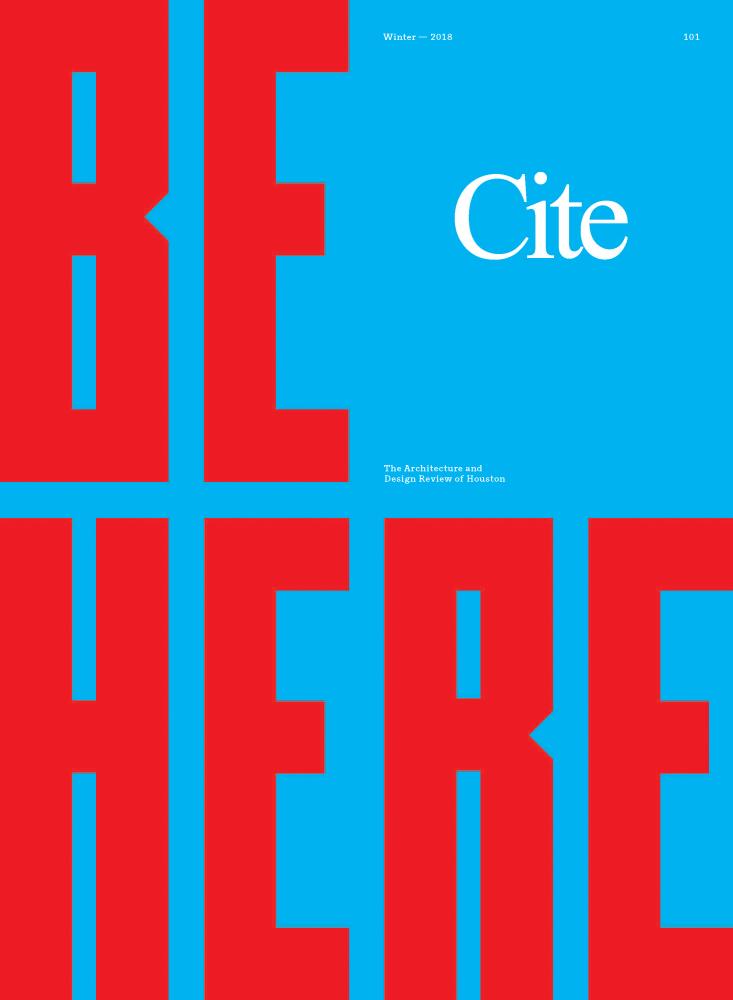Table of Contents
Contributors
Ernesto Alfaro; Bill Davenport; M. Lawrence Dillon; Stephen Fox; Daniel Garcia-Prats; Mark Garcia-Prats; Thomas Garcia-Prats; David Leftwich; Raj Mankad; Lynne McCabe; Sheila Mednick; Falon Mihalic; John Pluecker; Marie Rodriguez; Todd Romero; Nicola Springer; and Margy Waller.


